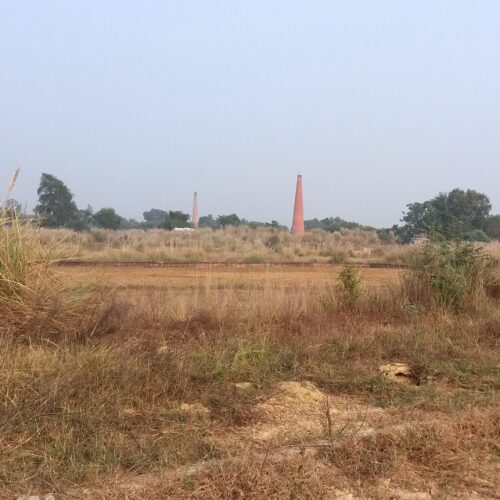Environment may be defined as “Complete range of various sets of external conditions comprising- physical, biological, and for human beings- cultural, economic and political conditions in which human beings and other life forms exist in continuous interactions among themselves.”
The term Environment has variously been defined by different scholars from time to time. According to S.C.Kendeigh (1974), ‘the sum total of physical (abiotic) and biotic conditions influencing the responses of the organism, is called as its Environment’.
Environment in real life situations ranges from indoor to outdoor life of a man.

In indoor life, the environment embraces everything pertaining to living conditions ranging from-
– the quality of the building materials;
-design and construction of the house;
-manners of keeping grains, fruits and vegetables etc.;
-types and qualities of water being consumed;
-eating habits, health and hygiene;
-uses of cosmetics and luxuries;
-washing materials and equipments;
-means of recreation and their uses;
-types of dresses and dress – designs, clothing materials;
-conditions of surrounding and drainage systems;
– waste disposal systems; types of vegetation growing naturally or grown around;
-types of locations of cattle sheds etc.
In outdoor life the environment embraces-
– places of activities/ services;
-industries- types and locations;
-types of farms and agricultural practices;
-urbanisation; town planning; building plans;
-provisions of roof top water harvesting; roads and railway tracks and types of human habitations near them (conditions of slums);
-positions and conditions of water bodies; dumping sites;
-conditions of vehicles moving along roads;
– management of transport and traffic control systems etc.
Going through above accounts, we observe that the environment is a vast area comprising various interlinked components.
Hence, the study of environment comprises various interlinked disciplines of knowledge mainly pertaining to basic and applied sciences together with engineering, public administration, socioeconomics, ethics and law.
Total of the human resources alongwith the government machinery and social organisations are needed to be applied in the task of management of various environmental fractions.
For this, involvement of high degree of awareness, knowledge, attitudes, skills together with the public participation, social, financial, political, moral and administrative support is required on the priority basis.
All these areas are covered in the study of environmental science.
Environmental science is the field of study which deals in all the related perspectives in integrated, interdisciplinary and holistic manner.
As environment is common heritage and property of all nations of the world, the science of environment should also combine relevant matter so as to promote the value and necessities of local, national and international co-operation in the prevention and solution of environmental problems across the globe.
Key Words: environment, indoor, outdoor, interdisciplinary, environmental Science





Ahaa, its good conversation on the topic of this article here at this
web site, I have read all that, so now me also
commenting here.